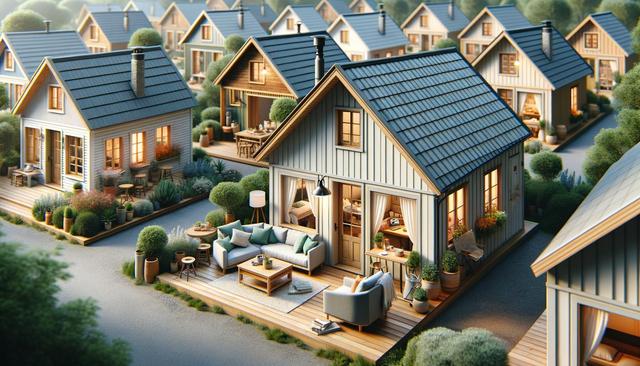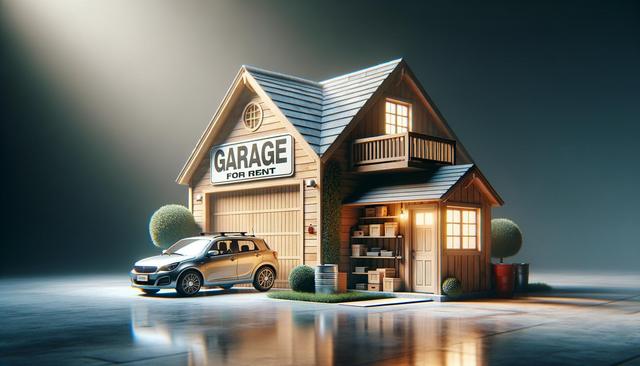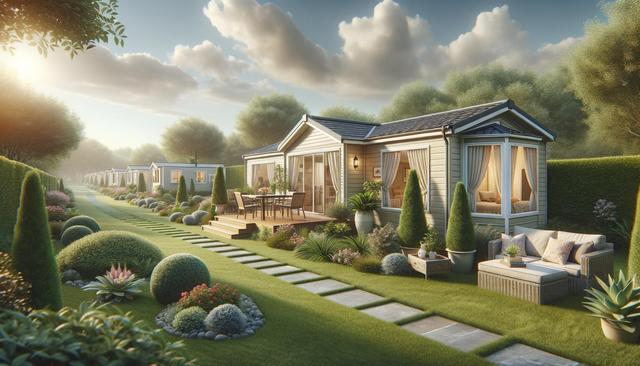Understanding the Market for Low-Cost Homes
The idea of purchasing a home for under $10,000 might seem far-fetched, but in certain markets and under specific conditions, it’s a real possibility. These properties are often found in rural or economically challenged areas where property values are significantly lower. Additionally, some homes fall into this price range due to tax foreclosures, auctions, or severe disrepair, which makes the price appealing but also highlights the need for careful evaluation. Understanding the reasons behind such low prices is crucial before making a purchase.
Real estate auctions, government foreclosure lists, and even local classifieds can be good sources for finding these properties. However, it’s important to conduct thorough due diligence. This includes checking the title, understanding zoning laws, and estimating renovation costs. While the upfront cost is low, bringing the property up to livable standards may require significant investment. Buyers must weigh the total cost of ownership against the low purchase price.
Where to Look for Homes Under $10,000
Finding homes in this price range typically requires looking outside major metropolitan areas. Small towns and rural communities are more likely to have properties listed for under $10,000. Some of the most common sources include:
- County tax auctions
- Bank-owned properties and foreclosure sales
- Online real estate platforms with filters for price
- Local government surplus property sales
In addition to searching online, contacting local real estate agents who specialize in distressed properties can provide useful leads. Some non-profit organizations and housing authorities may also offer programs that help low-income buyers purchase and renovate such homes. Establishing relationships with local officials and real estate professionals can open doors to opportunities that are not widely advertised.
Assessing Property Condition and Renovation Needs
Many homes in this price bracket are sold “as-is,” meaning the buyer assumes full responsibility for any repairs. Before committing to a purchase, it’s essential to visit the property in person and, if possible, bring a qualified inspector. Common issues in these homes include:
- Structural damage
- Outdated or non-functioning electrical and plumbing systems
- Roof and foundation problems
- Mold or pest infestations
Depending on the extent of the damage, renovation costs can far exceed the initial purchase price. Buyers should budget for both expected and unexpected repairs. Additionally, some areas may require that homes meet specific building codes before being inhabited, which can add to the overall cost and timeline.
Financing and Ownership Considerations
Financing a home under $10,000 can be tricky since traditional mortgage lenders typically set minimum loan amounts that exceed this figure. As a result, buyers often need to pay cash or seek alternative financing options such as:
- Personal loans
- Home improvement loans
- Seller financing agreements
- Grants for low-income housing or renovation
Ownership of these properties may also come with unique considerations. Some homes may be located in neighborhoods with declining populations or limited infrastructure, which can affect long-term value. Others may have legal complications like unpaid taxes, liens, or unclear titles. Consulting with a real estate attorney can help avoid legal pitfalls and ensure a smooth transaction.
Making the Most of a Low-Cost Home
While purchasing a home under $10,000 comes with its challenges, it can also offer significant rewards when approached strategically. These properties can serve multiple purposes beyond primary residences. For example:
- Affordable rental units with proper renovation
- Vacation or seasonal homes in rural areas
- Starter properties for first-time investors
- Creative projects like tiny homes or community spaces
Investing time and effort into improving the home can significantly boost its market value and livability. Some buyers choose to live in the property while slowly renovating it, spreading costs over time. Others may rent it out after upgrades, generating income that offsets the initial investment. The key is to develop a clear plan that matches your goals and financial capacity.
Conclusion: Affordable Housing with Realistic Expectations
Homes under $10,000 are not typical real estate investments, but for those willing to do the research and put in the work, they can offer unique opportunities. Whether you’re looking to own your first home, start a small rental portfolio, or simply explore alternative living options, these low-cost properties present a chance to enter the housing market on a budget. However, success depends on careful planning, realistic expectations, and a willingness to take on the challenges that come with such affordable real estate.


